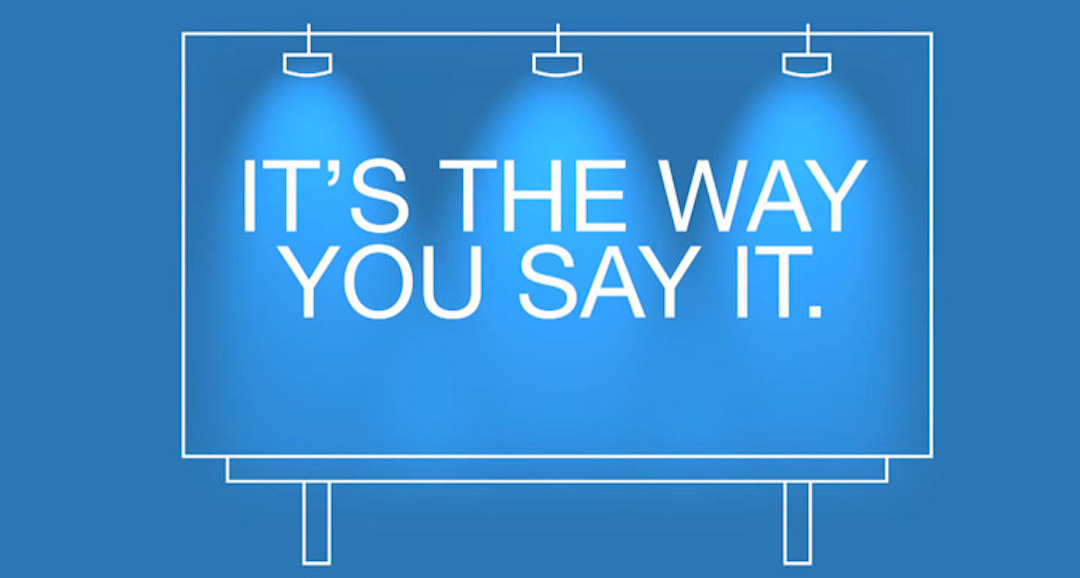06 Jul Describing the Target Population from a Context and Strengths-based Perspective – is the Target Population in Need or Does It Have a Need? by Julie Assel, GPC
29 Jun Tying Grant Budgets to Project Activities by Hayley Waynick, GPC
With quick turnarounds and tight deadlines, grant writers can often overlook the importance of tying the numbers in the budget to the activities of the project. While funders give us many opportunities to do this, they often cite the absence of this connection as one of their biggest critiques of grant proposals. I’ve heard it mentioned time after time in funder panels, trainings, and in direct feedback from funders. As you begin a grant proposal and rally the project team, encourage them to have a “budget first” mindset. The budget, after all, is the primary driver of what the grant is all about. When the budget is the last thing on the list to complete, this typically sets off a chain reaction of making last minute edits to the proposal narrative, budget narrative, timeline, etc. This is when the connection between the budget and the project itself can get lost. The two key places where grant writers can be sure to show this connection are the budget narrative and the proposal narrative.14 Jun Presentation Matters: How to Organize Grant Proposal Narratives by AGS Staff
Grant proposals consist of a variety of components depending on each grant’s requirements. Most require some form of a budget, whether that is a simple project budget or a complex organizational budget, or both. Some will also include a budget narrative or justification and any number of other attachments. But in any grant proposal, the narrative is where you will likely spend most of your time. Fortunately, the proposal’s narrative is the fun part! This is where you get to put your storytelling skills to work. So how do you get started? Much like an author would begin a novel, start with an outline.
22 Jan Creating an Effective Budget Narrative
A budget is a key element of most grant proposals and serves as a blueprint for spending the project’s funds. An effective proposal budget outlines the proposed project in fiscal terms and helps reviewers to determine how the project will be conducted. The decisions made...
13 Dec Bring Your Logic Model to Life – Julie Alsup, GPC
03 Dec What’s So Scary About Federal Grants? by Thomas Assel, GPC
25 Aug Case Statement Clean Up, by Julie Assel, GPC
I like efficiency and one of the many things I like about case statements is the ability to efficiently use my time to align my high quality case statement language to the mission of funders. But now it is August and I have been using the same base for my program language for eight months. Even if it isn’t getting stale to my funders because they haven’t seen it, it is getting stale to me. So what can I do?15 Jun From Engineering to Grant Writing by Tom Assel, GPC
Life can be full of twists and turns. At the tender age of 17, I made my plan. I would finish high school (check!). I would do a year of community college to get a feel for college life and get some basics out of...
16 Sep Studying a Federal Request For Proposal (RFP) by Julie Assel, GPC
Assel Grant Services enjoys writing federal grants and is commonly called upon to write these grants with very little lead time. When this short lead time is requested by an organization we have worked extensively with in the past, this is pretty easy to do....






